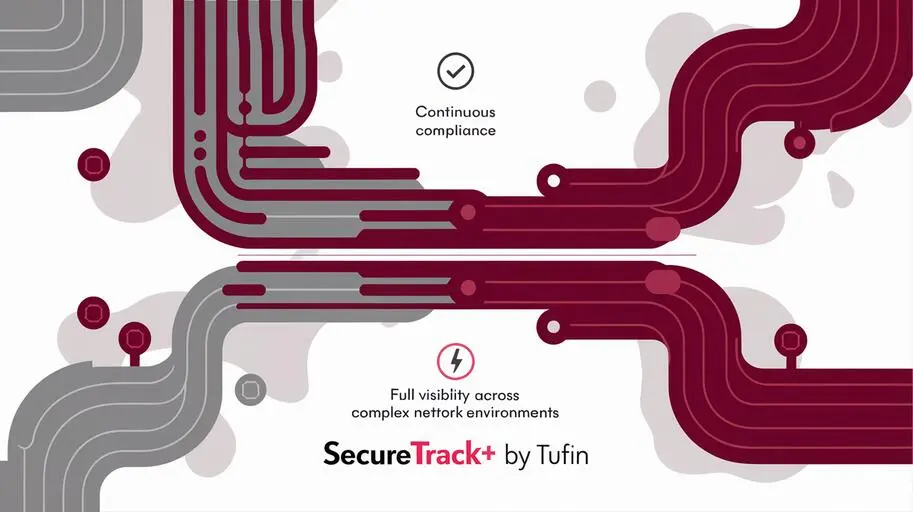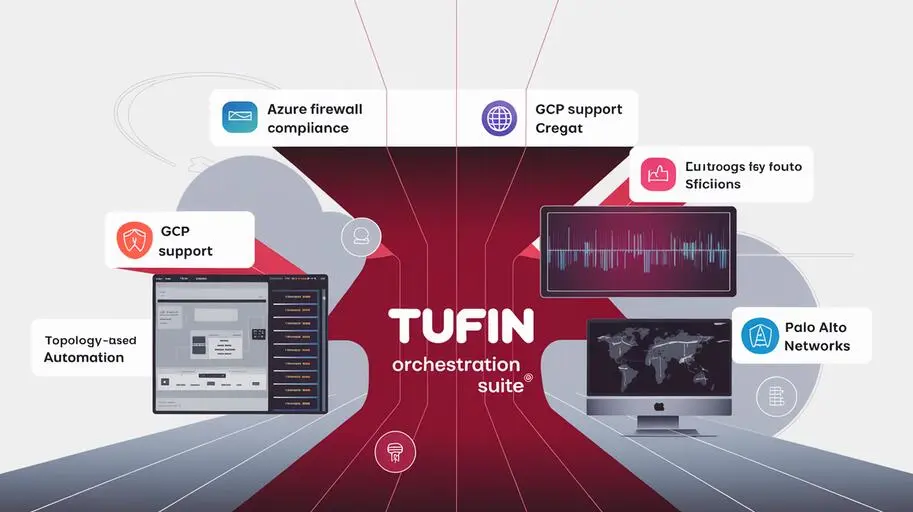In today’s dynamic business landscape, where cyber threats are becoming increasingly sophisticated and diverse, effective network security management is critical to protecting valuable assets and ensuring business continuity. Centralized firewall management is a strategic approach that allows organizations to significantly improve their protection against cyber threats, optimize operational processes, and reduce overall security costs.
Challenges of Managing Distributed Firewalls
Managing a large number of distributed firewalls, especially in large and geographically dispersed organizations, creates a number of serious security challenges that can threaten the stability and reputation of a business. The main problems include:
- Inconsistent security policies: Different departments or branches may implement their own, incompatible security policies, which creates vulnerabilities and makes it difficult to ensure a consistent level of protection. NIST Special Publication 800-41 Revision 1 emphasizes the importance of consistent policies for effective protection.
- Complexity of auditing and compliance: The lack of centralized control makes it difficult to conduct security audits and ensure compliance with regulatory requirements such as PCI DSS, HIPAA, and GDPR.
- Risks of manual configurations: Manual firewall configurations are prone to human errors, which can lead to serious vulnerabilities and security breaches.
- Lack of visibility: Without centralized management, it is difficult to get a complete picture of the network security status and quickly identify and respond to emerging threats.
- Complex change management: Making changes to security policies on a large number of disparate firewalls is a complex and time-consuming task that can lead to downtime and network disruptions.
Benefits of Centralized Firewall Management
Centralized firewall management offers a number of significant benefits that allow organizations to effectively address the problems associated with managing distributed firewalls and significantly improve their overall security posture.
- Improved visibility and control: A centralized management platform provides complete visibility of all firewalls on the network, allowing security administrators to monitor security status, identify anomalies, and respond quickly to incidents.
- Simplified security policy management: Centralized management allows you to create, deploy, and maintain consistent security policies for all firewalls, ensuring a consistent level of protection across the network. SANS Institute: Firewall Management Best Practices recommends centralization to improve policy management.
- Process automation: Automating routine tasks, such as making changes to security policies and auditing compliance, can significantly reduce the time and resources spent managing firewalls. For example, company N, having implemented automation, reduced the time for making changes to security policies, according to available data, by 70% [Source of information required].
- Compliance with regulatory requirements: Centralized management simplifies compliance with regulatory requirements such as PCI DSS, HIPAA and GDPR, providing a centralized system for access management, activity monitoring, and compliance reporting.
- Reduced operating costs: Process automation, improved visibility, and simplified management can significantly reduce operating costs associated with firewall management.
Tufin: A Solution for Centralized Firewall Management
Tufin Orchestration Suite is a platform for centralized security policy management in hybrid networks. It provides organizations with the ability to automate change management processes, ensure compliance with regulatory requirements, and improve overall security efficiency. Tufin enables managers to make informed security decisions by providing them with complete visibility of the network status and risk analysis tools. Detailed information about the platform’s features and examples of its use can be found in Tufin Customer Case Studies and Independent Reviews.
Trends in the Centralized Firewall Management Market
The centralized firewall management market continues to grow and evolve, reflecting the growing need for organizations to have effective network security management solutions. The main market trends include:
- Integration with cloud platforms: There is a growing demand for solutions that provide centralized management of firewalls located both in the local network and in cloud infrastructures.
- Use of analytics and machine learning: Centralized firewall management solutions are increasingly using analytics and machine learning to automatically detect anomalies, predict threats, and optimize security policies.
- Automation and orchestration: Automation of routine tasks and orchestration of change management processes are becoming increasingly important for improving efficiency and reducing costs.
Conclusion
Centralized firewall management is a strategically important solution for organizations seeking to ensure reliable protection against cyber threats, optimize operational processes, and reduce overall security costs. Implementing centralized firewall management allows organizations to significantly improve their security posture and ensure business continuity in the face of an ever-changing cyber threat landscape.
FAQs about Centralized Firewall Management
What is centralized firewall management and why is it necessary?
Centralized firewall management is a strategic approach to managing network security that enables organizations to improve protection against cyber threats, optimize processes, and reduce costs. It is necessary for effective management of a large number of firewalls, especially in large and geographically distributed companies.
What are the main problems associated with managing distributed firewalls?
The main problems include inconsistent security policies, difficulty in auditing and compliance, risks of manual configurations, lack of visibility, and complex change management.
What are the benefits of centralized firewall management?
Centralized management provides improved visibility and control, simplified security policy management, process automation, compliance with regulatory requirements, and reduced operating costs.
How does centralized management help ensure compliance with regulatory requirements?
Centralized management provides a unified system for managing access, monitoring activity, and creating compliance reports, which simplifies compliance with standards such as PCI DSS, HIPAA, and GDPR.
What is Tufin Orchestration Suite and how does it help in centralized firewall management?
Tufin Orchestration Suite is a platform for centralized security policy management in hybrid networks. It automates change management, ensures compliance, and improves the efficiency of the security service, providing full visibility and risk analysis tools.
What are the main trends in the centralized firewall management market?
Key trends include integration with cloud platforms, the use of analytics and machine learning, as well as automation and orchestration of processes.
How does process automation help reduce operating costs in firewall management?
Automating routine tasks, such as making changes to security policies and compliance auditing, can significantly reduce the time and resources spent on firewall management, thereby reducing operating costs.
What to do if security policies of different departments are incompatible?
Implementing centralized firewall management allows you to create and apply unified security policies for the entire organization, ensuring a consistent level of protection and eliminating incompatibilities between departments.




